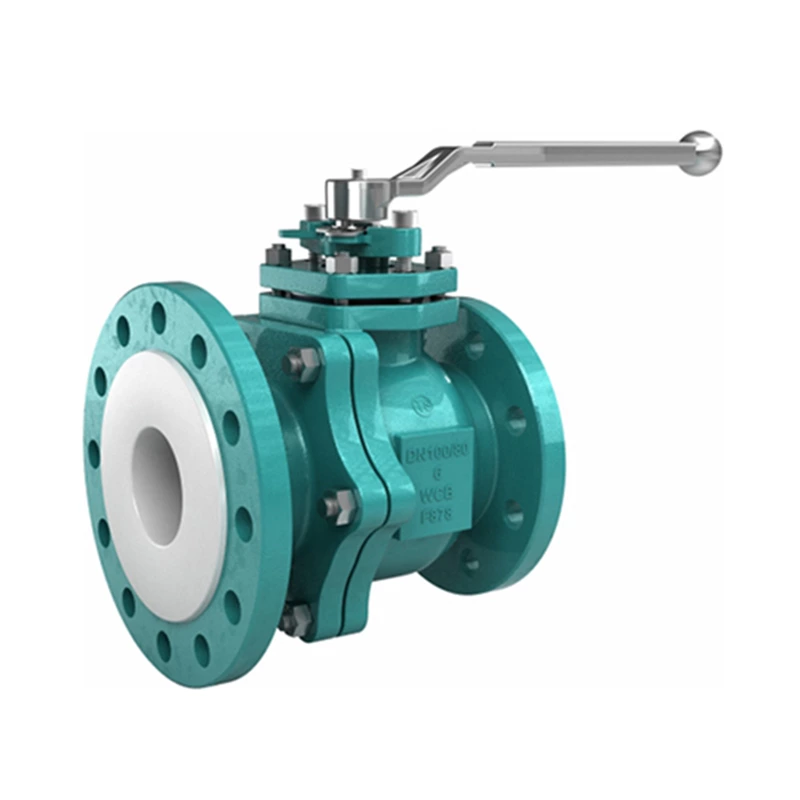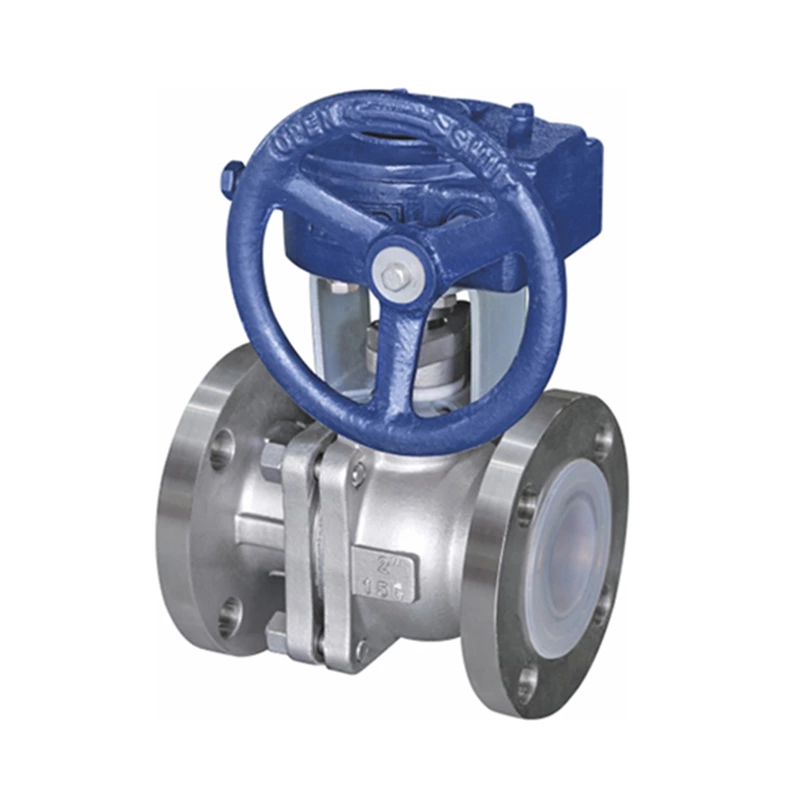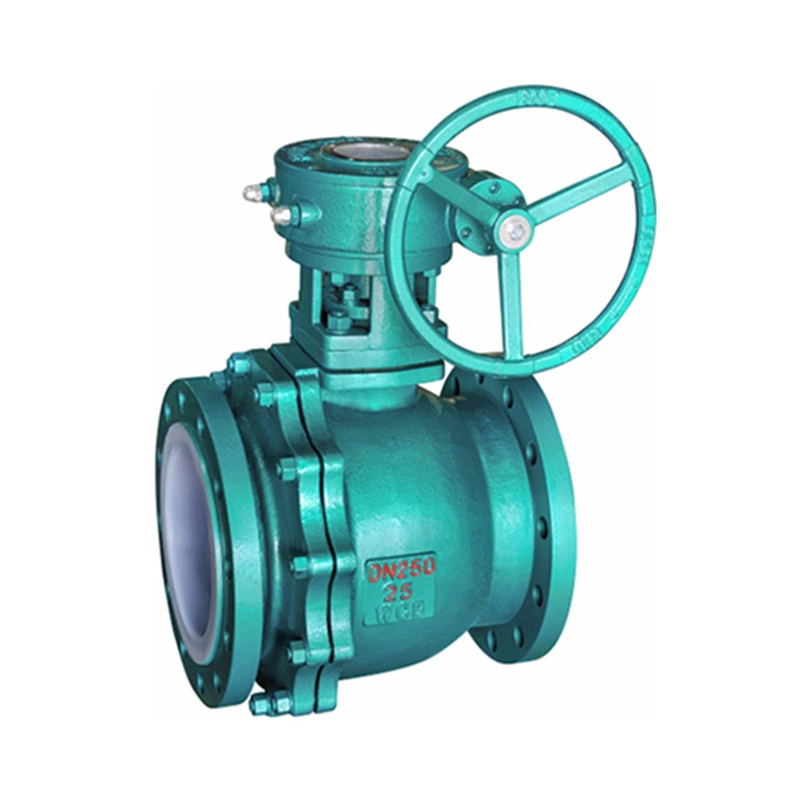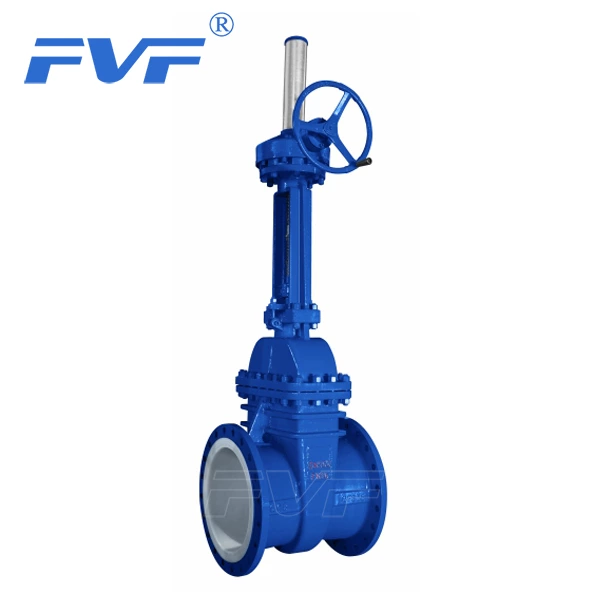Operating Temperature Of Fluorine-lined Valves
Lined Valve is a widely used valve. I believe that many people know the reason why this valve is "reused", that is, corrosion resistance. Because fluorine-lined valves have corrosion resistance, they are also called anti-corrosion valves. They are widely used in various concentrations of hydrochloric acid, sulfuric acid, nitric acid, aqua regia, organic acids, strong oxidants, concentrated and dilute acids.
Although fluorine-lined valves are widely used, we also have many things to pay attention to during use, such as the operating temperature range. So what is the operating temperature range of fluorine-lined valves? The following fluorine-lined valve factory will introduce it in detail.
There are actually many material classifications for fluorine-lined valves, and the operating temperature range of different materials is also different. At present, the commonly used lining materials for fluorine-lined valves are synthetic rubber (operating temperature between -10-120℃), polytetrafluoroethylene PTEF (-200-180℃), soluble polytetrafluoroethylene PFA (-196-260℃), and polyperfluoroethylene propylene F46 (-85-150℃).
The above are the publicly available extreme tolerance temperatures of various materials. The actual medium temperature used varies according to the material and pressure. The long-term use temperature should usually be about 30% lower than the upper limit. Otherwise, the linings of various components of the fluorine-lined valve are prone to deformation, resulting in large leakage or the valve cannot be opened and closed normally, and other malfunctions.






